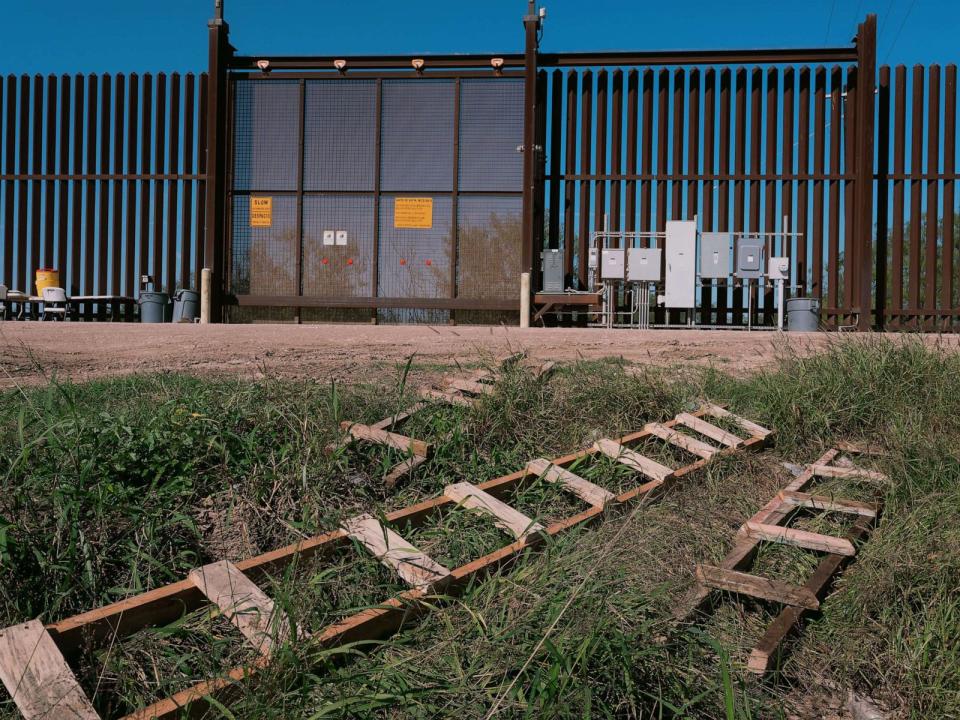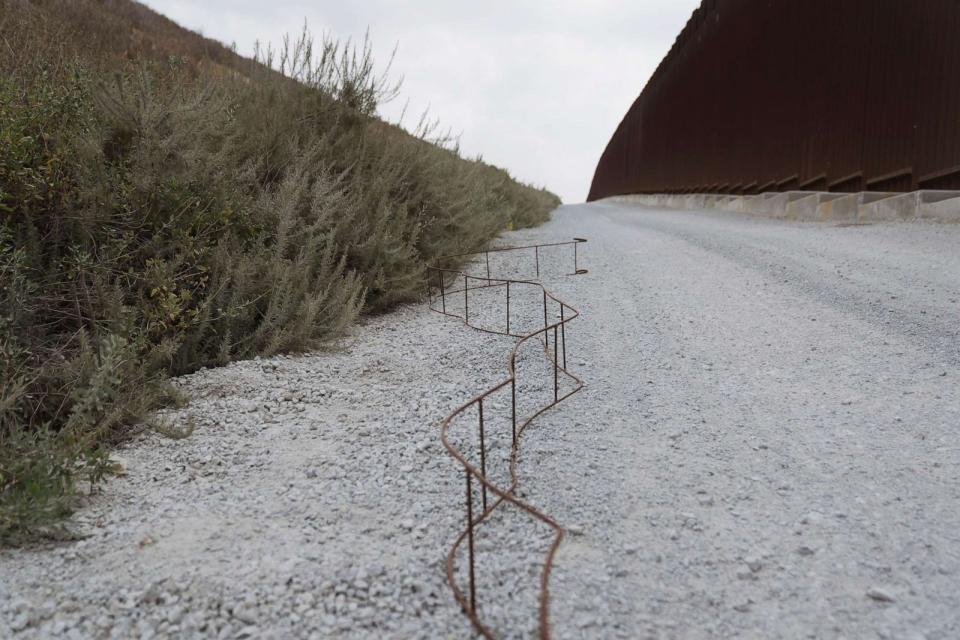On Thursday, October 5th, US President Joe Biden said his administration had no choice but to build about 20 miles more southern border wall — after he’s long dismissed Donald Trump‘s wall as a waste of money that doesn’t work to stop illegal immigration.
“Money was appropriated for the border wall,” Biden told reporters, referring to congressional action during the Trump administration. “I tried to get them to reappropriate — to redirect the money. They didn’t, they wouldn’t. And in the meantime, there’s nothing under the law other than they have to use the money for what is appropriated. I can’t stop that.”
The White House proposed funds for border barrier construction be rescinded in 2021, but Congress essentially ignored the request. Officials said a series of procedural regulatory steps were required before the project could move forward.
The Biden administration is waiving 26 federal laws to make way for unfinished border wall construction in South Texas, according to documents formally published in the federal register Thursday.
The waivers include ones for the Clean Air Act, Safe Drinking Water Act and Endangered Species Act allow for border barrier construction in select areas of Starr County, Texas.
In explaining the rationale for the move, made amid a migrant surge, GOP outrage and Democratic criticism, Homeland Security Secretary Alejandro Mayorkas said, “there is presently an acute and immediate need to construct physical barriers,” even as Biden repeated to ABC Senior White House Correspondent Selina Wang Thursday his argument that a wall isn’t effective.
“We had no choice,” Homeland Security Secretary Alejandro Mayorkas said Thursday during a press conference in Mexico. “It was mandated by law. We requested that Congress rescind the direction. It did not do so. We, of course, must follow the law. Our policy remains as it was since day one. We are opposed to the construction of the wall.”
Biden pledged during his 2020 presidential campaign against then-President Trump that his administration would not build “another foot of wall.” But the Department of Homeland Security is required to use the funds appropriated in 2019 on border barrier construction, a Customs and Border Protection spokesperson said in a statement Thursday.
Construction plans from Customs and Border Protection describe an 18-foot portable barrier, different from the 30-foot bollard design used during much of the Trump administration. Trump’s design at times required blowing up land to lay the foundation for his wall, as ABC News reported in 2020.

“CBP remains committed to protecting the nation’s cultural and natural resources and will implement sound environmental practices as part of the project covered by this waiver,” the spokesperson said.
Border officials have said barriers, and the infrastructure that comes with them, can help focus patrols and allow agents to apprehend migrants more efficiently. However, migrants have been known to evade barrier sections, crossing in more dangerous and remote areas.
Further, barriers constructed above the official borderline do not prevent migrants from turning themselves into authorities and initiating an asylum claim. Once a non-citizen crosses the official international boundary – which exists in the middle of the river along much of the Rio Grande Valley region – they are legally allowed to fight deportation proceedings.

The construction authorized under the waivers will span a total of 17 miles in Starr County, Texas, where wall building was left incomplete, and wouldn’t be continuous.
“This is not a new barrier announcement,” Homeland Security spokesperson Luis Miranda said in a statement. “The specific construction in the [Rio Grande Valley] was announced in June, and as made clear then, DHS continues to prioritize deploying technology and other system elements.”
The announcement stirred the ire of environmental advocates who fought the Trump administration’s construction efforts for years.
TYT Newsroom

